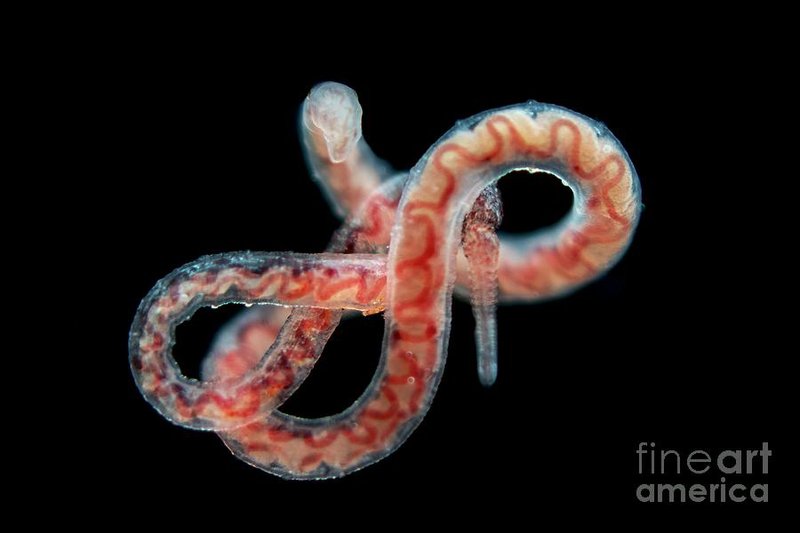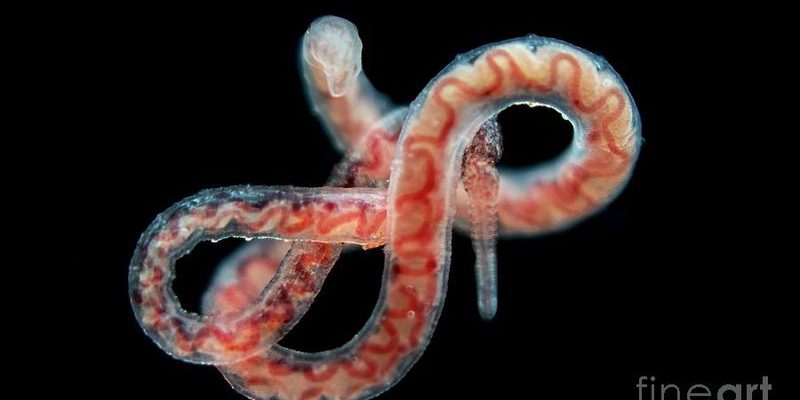
Now, you might be wondering how exactly to keep tabs on these worms as seasons change. It’s not as complicated as it sounds! With a bit of knowledge and some basic tools, you can track their activities and learn about their behavior. Just like having a remote for your TV can help you navigate the channels, knowing how to monitor tubifex worms can help you navigate the health of your aquatic environment.
What Are Tubifex Worms?
To start with, let’s get familiar with these fascinating creatures. Tubifex worms are small, segmented worms that usually inhabit muddy sediments, especially in freshwater environments like ponds, rivers, and lakes. They prefer low-oxygen conditions and thrive in areas rich in organic material. You might find them wriggling around in the mud, looking very much like little earthworms.
These worms can grow up to several inches long and are typically reddish-brown, which makes them look a bit like slim worms you’d find in your garden, but they serve a distinct purpose in the ecosystem. They help decompose organic matter, making nutrients available for plants and other organisms. So, they’re not just simple worms; they’re essentially nature’s recyclers!
You might be surprised to find out how resilient they are. Tubifex worms can survive in conditions that many other organisms can’t. Their adaptability makes them key indicators of environmental changes. If you see a thriving population of tubifex worms, it’s a good sign that your aquatic ecosystem is balanced and healthy.
Why Monitor Tubifex Worm Activity?
So, why bother keeping an eye on tubifex worm activity? Well, think of them as the “canaries in the coal mine” for freshwater ecosystems. Their presence and abundance can tell you a lot about the water quality and pollution levels in your area. If you notice a decline in their numbers, it could indicate that something is amiss in the environment, such as rising pollution or changes in sediment quality.
Monitoring tubifex worms can also help in various scientific and ecological studies. For instance, if researchers are looking into the effects of climate change on aquatic habitats, observing how tubifex worms adapt can provide valuable data. By understanding their life cycle, breeding habits, and how they react to seasonal changes, scientists can gather information that helps inform conservation efforts.
Moreover, for hobbyists and those involved in aquaculture, knowing when these worms are most active can help you manage your fish populations better. After all, many fish species enjoy feeding on tubifex worms. If you’re raising fish for sport or food, keeping an eye on tubifex worms can help improve your yield.
How Seasonal Changes Affect Tubifex Worms
Just like us, tubifex worms experience seasonal changes, which can greatly affect their activity. In the spring, as temperatures begin to rise, these worms become more active. The warming water can trigger their reproductive cycles, leading to an increase in their population. If you’re monitoring their activity, you’ll likely notice more worms surfacing and moving about as they search for food.
During the summer months, when the water is warm, tubifex worms may thrive even more. However, high temperatures can affect oxygen levels in the water, which is essential for their survival. If the water becomes too warm or if there’s an influx of pollutants, their numbers might start to dwindle. Paying attention to these changes allows you to understand better how external factors influence their populations.
As fall approaches, tubifex worms prepare for the colder temperatures. They may burrow deeper into the sediment to escape the cold. This behavior is crucial because it helps protect them from freezing and ensures they can survive until spring when conditions become favorable again. Monitoring their activity throughout these seasons gives you a complete picture of their life cycle and environmental interactions.
Tools for Monitoring Tubifex Worm Activity
To keep track of tubifex worm activity, you don’t need anything fancy—just a few basic tools. A simple aquarium net or a scoop can help you gently gather some sediment from the bottom of a pond or river, where these worms like to hang out. You can also use a hand lens or magnifying glass to get a closer look at what you’ve scooped up.
Another useful tool is a water quality test kit. These kits can measure various factors such as pH, dissolved oxygen, and turbidity—all of which impact tubifex worms’ habitats. Having this information can enable you to see if any sudden changes in the water quality coincide with shifts in worm populations.
If you’re serious about your monitoring, consider setting up a time-lapse camera or using a smartphone to record changes over time in specific locations. This way, you can document when worms are most active and how seasonal shifts affect them. Plus, you might discover some unexpected behaviors in these fascinating little worms!
Common Challenges in Monitoring Tubifex Worms
While monitoring tubifex worms can be rewarding, it’s not without its challenges. One common issue is that sediment conditions can change rapidly. If there are heavy rains or floods, the habitats of tubifex worms can be disturbed, making it difficult to get consistent readings on their activity.
Another problem is contamination. If you’re sampling from urban areas, pollutants like heavy metals or chemicals can affect tubifex populations, and these factors may complicate your observations. It’s essential to note these variables in your recordings so you can make sense of variations in worm activity.
Lastly, there’s the fact that not all tubifex species behave the same way. Some might be more resilient to changes, while others may be highly sensitive to environmental fluctuations. This variability can add to the complexity of monitoring efforts. Keeping a record of the different types of tubifex worms you encounter can help you understand these differences better.
Best Practices for Monitoring Tubifex Worms
When monitoring tubifex worms, it’s crucial to maintain good practices to ensure the reliability of your observations. First, try to conduct your monitoring at the same time of day and under similar weather conditions whenever possible. This consistency will help you compare data over time.
Second, keep a detailed log of your findings. Note down the location, water quality measurements, and any environmental changes you observe. Over time, this log can become a valuable resource for understanding trends in tubifex worm activity.
Finally, consider collaborating with local environmental groups or educational institutions. They might already have ongoing studies or data that can enrich your monitoring efforts. Cooperation can also help raise awareness about the importance of tubifex worms and the valuable role they play in freshwater ecosystems.
In summary, taking the time to monitor tubifex worm activity across the seasons not only enhances our understanding of these creatures but also deepens our appreciation for the health of our aquatic environments. With the right tools and practices, anyone can join in on this important work.
In conclusion, staying engaged with the natural world around us can be both rewarding and enlightening. As you observe and track tubifex worms, you’re contributing to a greater understanding of freshwater ecosystems. The journey of monitoring these worms can lead to exciting discoveries about nature, water quality, and the interconnectedness of life itself. So grab your tools, get out there, and start exploring!

